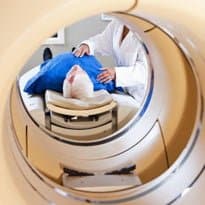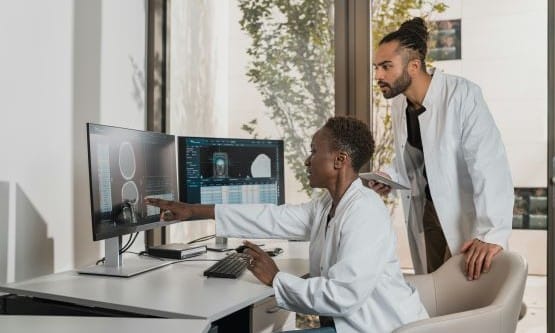Teleradiology a medical act – ESR
- 17 February 2014

Teleradiology should be redefined as a medical act rather than as a medical service, a new white paper on teleradiology recommends.
The long-awaited white paper by the European Society of Radiology proposes best practice guidelines for the adoption of teleradiology in European Union member states and makes a number of recommendations for changes to legislation.
Dr Jane Adam, interim chair of the ESR’s professional organisation committee, said that the call for teleradiology to be defined in European legislation as a medical act is particularly important.
“Without that, it can look as if it’s a service which is unrelated to medical knowledge and interpretation,” she said.
The paper’s other recommendations for changes to EU legislation include establishment of EU-wide accreditation criteria for teleradiology providers, a requirement to inform patients when their images are being sent to a teleradiology service and making regulation of teleradiology the responsibility of the member state where the patient undergoes the imaging procedure.
“Our main concern must be the proper management of the patient,” Dr Adam said. “It’s harnessing the benefits without allowing it to institute changes which ultimately are a disbenefit to patients.”
The paper also proposes that teleradiologists be required to take the European Diploma in Radiology, because it will ensure “harmonised knowledge, skills and competences and be a valuable proof of knowledge for the teleradiologist towards authorities, contractors and patients.”
Dr Adam hopes the EU will enact legislation to make sure that teleradiology is implemented safely across member states.
“Where images are reported remotely then the quality issues and communication issues and patient rights need to be carefully safeguarded,” she said.
She said teleradiology should be used to supplement, rather than replace, existing radiology departments with the ability to directly communicate with clinical colleagues.
“The ideal situation is that teleradiology fills a necessary gap where those services cannot be provided, where specialist opinion can be sought, and where there are otherwise patients who would suffer because there isn’t sufficient provision of radiological reporting.”



